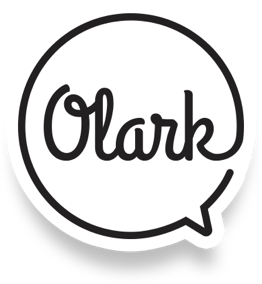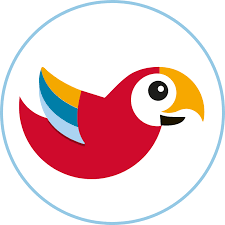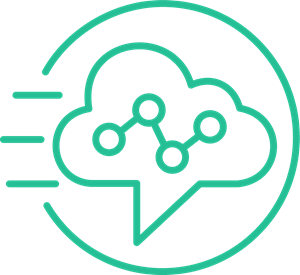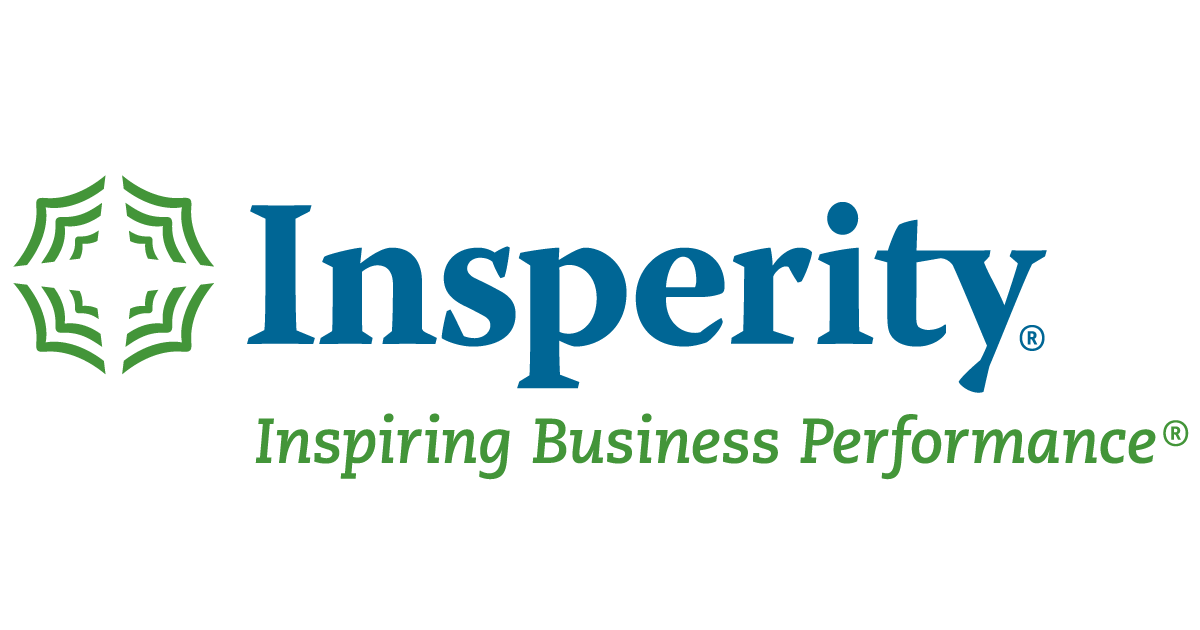Any CX professional worth their salt will tell you that inbound calls are generally decreasing in volume, while chat is on the rise. This is excellent news for us in eCommerce because chat is a substantially more efficient way to service a customer. A phone agent can speak with one person at a time whereas a chat agent can usually hold 4 simultaneous conversations or more. Customers that engage with chat also tend to convert at a dramatically higher rate than those that don’t, making it an effective sales tool as well. With all that being said it’s a no brainer to put chat on your site and to make it as friction free as possible. I evaluated and tried out multiple chat systems, including LivePerson, Genesys Chat, and 8×8 Chat, but the clear leader, in my opinion, is Olark.
Olark is a cloud based application that you can easily add to your site with a tag. Once that’s done you can control everything from their backend. It doesn’t require any technical knowledge and is very user-friendly. The agents just log into their accounts, mark themselves as available, and everything takes off from there. Of all the chat systems I’ve tried I wasn’t able to find all the perks of Olark, and generally the other systems cost 5 times more, so below I’ll just talk about the specific features Olark has that sets them apart to me.
- Allowing chat without requiring an email address or name. When we first launched Olark we required an email from the customer so that we could tie the communication to a customer when applicable. As soon as we realized what chat engagement was doing to the conversion rate though we realized we needed to find ways to cause more and more people to chat. Ultimately by removing all friction and not requiring, or even asking for that matter, for any personal information prior to the chat, we were able to increase the volume significantly. Most other systems simply won’t allow this, and it shows that they’re not putting the customer experience first in my opinion.
- Only showing chat when there is a chat agent available. Nothing is more frustrating than being invited to chat and then half way through you fill out the form you realize this is just a really poorly designed email form. When we had this function forced on us in a prior system, all the emails we received from the form tended to be confused people that thought they were in a chat but were being ignored. Olark allows you to hide chat when no one is logged in, or when all agents are at capacity. This ensures you’re not promising something you can’t deliver by inviting people to chat when it’s not really an option.
- Great customization of the chat appearance. Many of the other systems are very rigid and don’t allow for much customization. This is a problem for anyone that cares about what their site looks like. Olark does allow you to customize the color, style, and the placement of the chat icon, but in addition, they already start with a nice clean design. I’ve also encountered several chat companies that refuse to remove their logo from the chat, a move I simply can’t understand. They are willing to lose customers over this. With Olark, you simply need to buy the account with 8 or more users, and you can turn it off. Olark is so cheap we do this even though we have nowhere near that many users. I’ve never worked for an eCommerce company that doesn’t require white label, it just seems it’d be hard for a customer to take you serious with branding on your site like that.
- Use on multiple sites. While most chat systems support this, they don’t all tell you which site the customer is chatting from. This is, of course, a problem if your sites have different items and policies. Olark tells you not only what site the customer is on, but what specific page. They also tell you the pages in real time in case the customer is browsing while chatting. This allows you to make sure they are on the right track.
- Attention Grabbers. Since we’re trying to encourage chats as much as possible, attention grabbers are a great tool to engage more visitors. There are a variety of ways you can configure this, but I’ve found the most effective is to pop the chat after a period of time and have the system ask if they can help. This was easy to test and set up in Olark.
- Adjustable Per-Agent chat limits. I have used some systems that had hardcoded the amount of chats an agent could have at once. This was a huge hole in the efficiency of that chat system. Some agents can easily handle 5-6 chats at once, while keeping quality high, and the system was limiting them to 3. With Olark, this is a decision I can make as opposed to some engineer.
- Agent Utilization. This is a very new feature and would have been my only complaint a few weeks ago. You can now track an agent’s log in time and see how much of that period they were available and how much they weren’t. This allows you to track their utilization score which, in my opinon, is the best indicater of their productivity. Now we can track chat agents the same way we track phone agents!
So as you can tell, I’m pretty happy with Olark, especially when you consider the cost and the potential increase in conversion. I am a current customer and plan to be for some time, but after I wrote this article I looked to see if they have a referral program. They do! So if you plan to use them and want to hook me up with a kickback for referring them, sign up using one of the links on this page. Regardless though, if you’re in eCommerce you need to be on chat, even more so than phones and email at this point I’d say.




